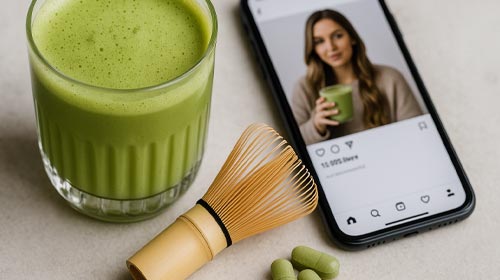
Matcha für Influencer: Trendgetränk oder Risiko?
Matcha ist das It-Getränk der Influencer-Szene. Auf Social Media wird das smaragdgrüne Pulver aus Japan in stylischen Reels und Fotos inszeniert – ob als Matcha-Latte im minimalistischen Café, als ...

Matcha-Herstellung von A bis Z: So entsteht das leuchtende Grünteepulver
Wie Matcha entsteht: Ein ausführlicher Leitfaden Wenn ich von Matcha spreche, meine ich nicht einfach nur gemahlenen Grüntee. Für mich ist Matcha ein Stück Kultur, Handwerk und Natur in vollendeter...
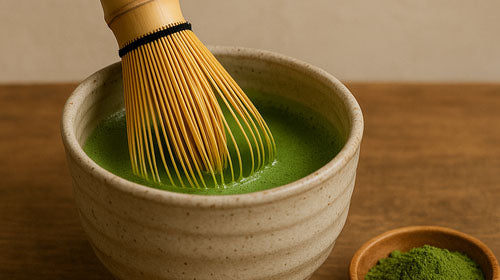
Matcha als Trend-Accessoire: Kritik an performativer Identität
Matcha hat es geschafft: vom jahrhundertealten Ritualgetränk in Japan zum globalen Lifestyle-Phänomen. Doch mit dem Erfolg wächst auch die Kritik. Auf Social Media häufen sich Stimmen, die Matcha n...
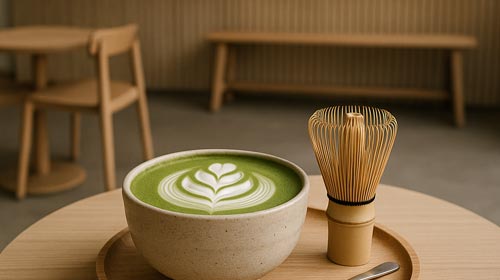
Matcha & Café-Design: Minimalismus und Achtsamkeit
Cafés sind längst mehr als Orte, an denen Kaffee serviert wird. Immer stärker rückt das Erlebnis in den Vordergrund – und hier spielt Matcha eine zentrale Rolle. Das grüne Pulver, tief verwurzelt i...

Matcha-Hype vs. Nachhaltige Produktion
Ökologie im Fokus: Hitze, ERnteausfälle und LieferengpässeMatcha gilt als Symbol für Achtsamkeit und Lebensfreude – doch der weltweite Hype bringt auch Herausforderungen mit sich. Während die Nachf...
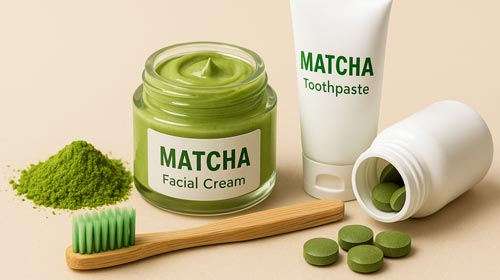
Beauty-Trend Matcha: Grüntee in Zahnpasta, Cremes & Supplements
Matcha ist längst nicht mehr nur ein besonderer Grüntee für die Teeschale. Das smaragdgrüne Pulver aus fein vermahlenen Teeblättern der Camellia sinensis hat seinen Platz in der modernen Beauty- un...
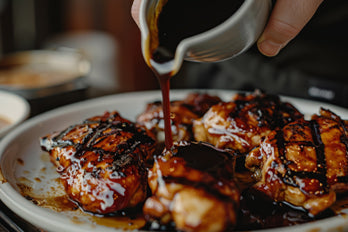
Sojasauce aus Japan – Handwerk, Herkunft und die besten Manufakturen
Sojasauce ist für die japanische Küche das, was Salz für viele andere Kulturen ist – unverzichtbar. Doch was viele nicht wissen: Die echte, handwerklich gebraute Sojasauce (Shōyu) aus Japan ist ein...
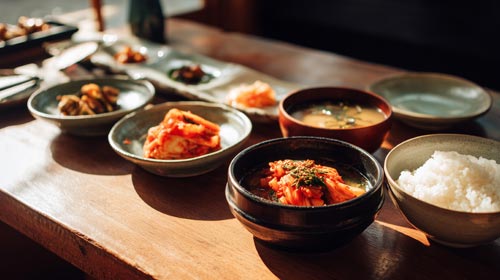
Washoku – Die traditionelle japanische Küche als kulinarisches Erbe
Washoku (和食) ist das japanische Wort für „traditionelle japanische Küche“ – und gleichzeitig der Inbegriff einer tief verwurzelten Esskultur, die weit über Geschmack und Sättigung hinausgeht. Washo...
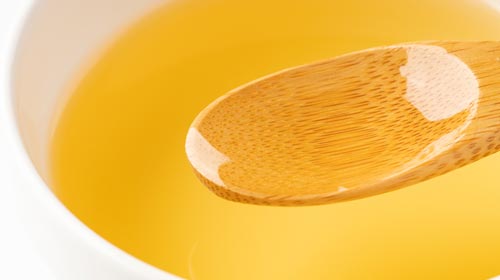
Mirin – Japans süßer Reiswein und seine Rolle in echter Washoku-Küche
Mirin ist aus der japanischen Küche nicht wegzudenken. Der goldene, süßlich duftende Reiswein steckt in nahezu jedem traditionellen Gericht – und doch wird er oft unterschätzt. Er ist keine einfach...
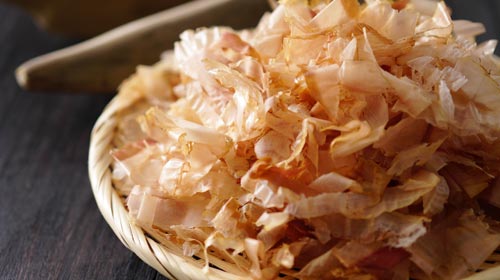
Katsuobushi – Dashi Japans Umami-Wunder aus fermentiertem Bonito
Katsuobushi ist vielleicht das aromatischste Lebensmittel der japanischen Küche – eine getrocknete, fermentierte und hart gewordene Fischflanke, die so intensiv nach Umami schmeckt, dass sie den Ge...
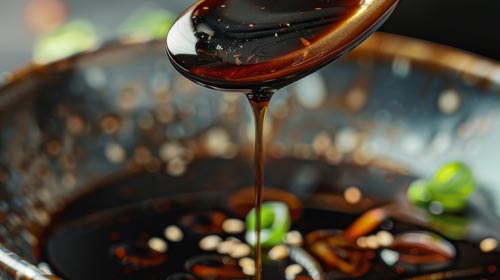
Tsuyu – Japans dunkle Dipping-Sauce für Soba, Sōmen & mehr
Kühl, tief, vollmundig – Tsuyu ist eine der geheimen Säulen der japanischen Küche. Diese dunkle, aromatische Sauce begegnet einem oft zuerst beim Dippen kalter Soba oder Sōmen-Nudeln. Doch wer sich...
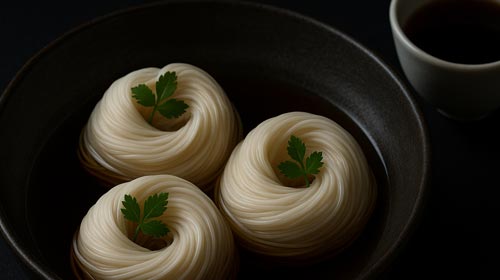
Sōmen – Japans feinste Sommernudeln und die Kunst des kalten Genusses
Wenn der japanische Sommer heiß und drückend wird, greifen viele zu einem Gericht, das so schlicht wie genial ist: Sōmen. Die feinen, fast seidenartigen Weizennudeln gehören zu den ältesten Nudelso...

